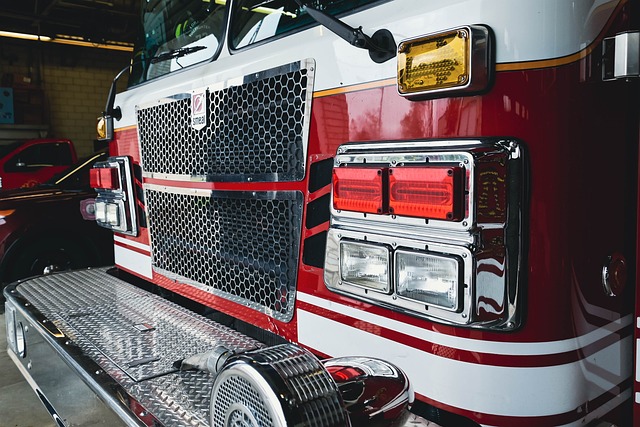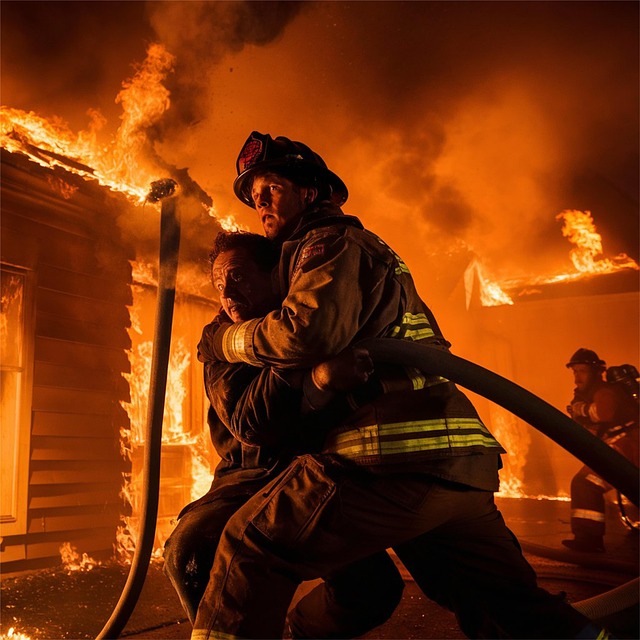Emergency response agencies are adopting economical fire training units to cut costs and enhance safety. These advanced simulators offer realistic combustion behaviors for skill development without high maintenance. By replicating diverse scenarios globally, they improve team coordination and operational efficiency. Repurposed materials create affordable props for immersive drills, focusing on structural damage, rescue, or decontamination. Regular practice ensures personnel are ready for actual emergencies.
In today’s budget-conscious climate, finding cost-effective solutions for emergency response training is paramount. An economical fire training unit can significantly enhance readiness without breaking the bank. This article explores innovative approaches to fire training, highlighting the benefits of simulated scenarios and the design principles behind affordable, realistic props. Discover how these strategies not only reduce costs but also elevate the effectiveness of critical response drills.
- Exploring Economical Fire Training Solutions
- Benefits of Simulated Emergency Response Scenarios
- Designing Cost-Effective Props for Realistic Drills
Exploring Economical Fire Training Solutions

In today’s budget-conscious climate, emergency response agencies are constantly seeking cost-efficient solutions without compromising on quality and safety. This need has spurred a growing interest in economical fire training units as viable alternatives to traditional, high-maintenance live-fire scenarios. These innovative simulators offer a dynamic and controlled environment for firefighters to hone their skills, ensuring they’re prepared for real-world emergencies without the hefty price tag of conventional training methods.
By leveraging advanced technologies, these economical fire training solutions replicate realistic combustion patterns and smoke behaviors, providing a comprehensive training experience that mirrors actual fire conditions. This not only reduces costs but also increases accessibility, allowing more personnel to receive specialized instruction regardless of geographical limitations or financial constraints. The shift towards economical alternatives promises to enhance fire safety across communities while optimizing resource allocation within emergency services departments.
Benefits of Simulated Emergency Response Scenarios

Simulated emergency response scenarios offer a cost-effective solution for training and preparing emergency responders, especially in the realm of fire safety. These scenarios provide a safe and controlled environment to practice critical decision-making skills, allowing first responders to gain real-world experience without putting themselves or others at risk. By utilizing economical fire training units, such as simulated buildings or structures, departments can conduct diverse drills, covering various emergency situations, including structural fires, hazardous material incidents, and mass casualty events.
This method of training offers numerous advantages. It enables the evaluation and improvement of response strategies, enhances team coordination and communication, and increases overall operational efficiency. Furthermore, simulated scenarios provide a consistent and reliable training ground, ensuring that responders are prepared for unexpected challenges. With their versatility and affordability, these tools play a vital role in keeping emergency response teams adept and ready to tackle any situation, ultimately benefiting the communities they serve.
Designing Cost-Effective Props for Realistic Drills

Designing cost-effective props for realistic drills is a key consideration in emergency response training, especially with limited budgets. Economic fire training units can be crafted using repurposed materials and simple designs to replicate real-world scenarios effectively. For instance, creating simulated burning buildings or vehicles involves using flammable liquids and controlled combustion techniques to generate smoke and heat, providing a safe yet immersive environment for trainees.
These props can be tailored to specific needs, such as focusing on structural damage, rescue operations, or decontamination procedures. By being resourceful and innovative, emergency response teams can enhance their training without straining resources. Economical fire training units not only offer practical experience but also allow for regular practice, ensuring that personnel are well-prepared to handle actual emergencies with confidence and efficiency.






